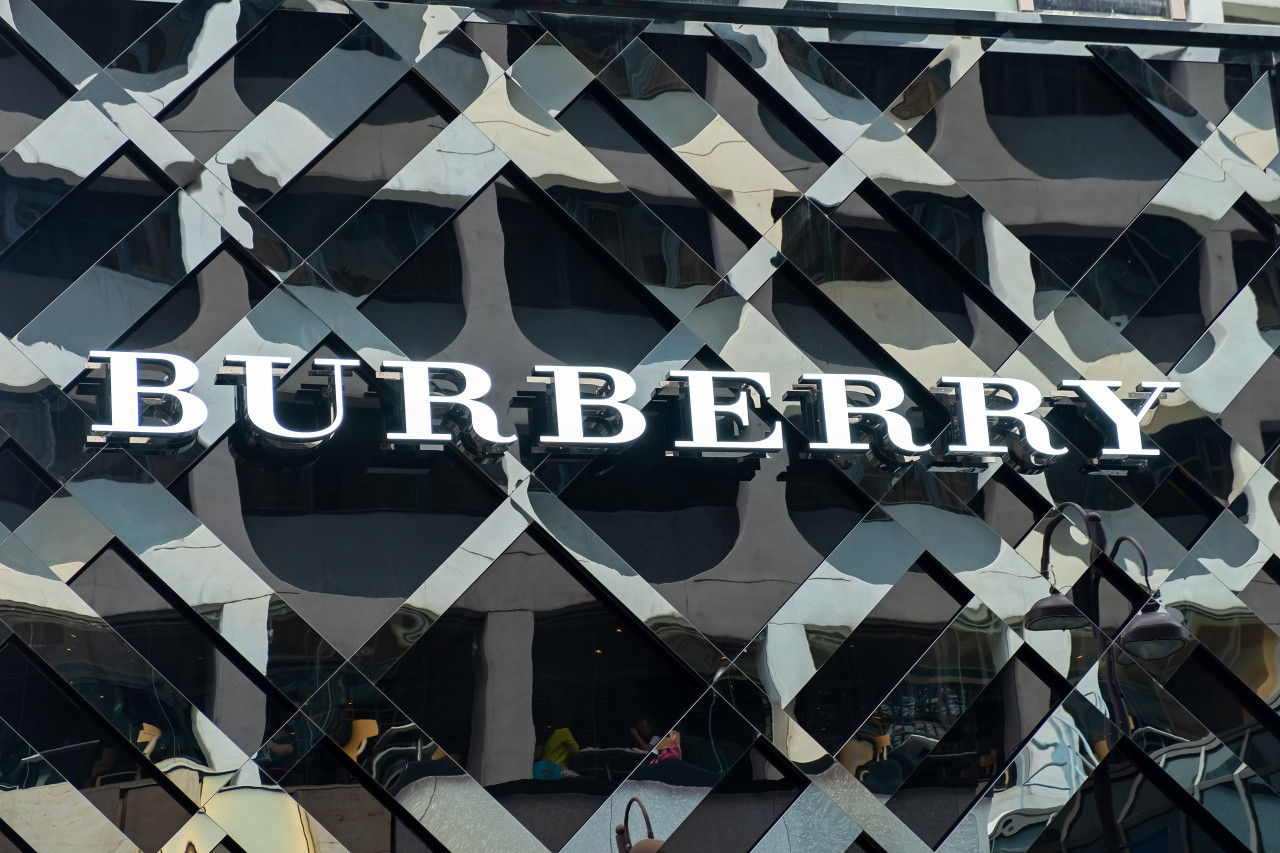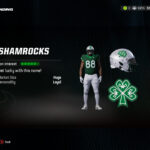South Korean school uniform manufacturers are in a flurry of activity, racing against the clock to revamp checkered patterns on their uniforms before the new semester begins in March. This scramble comes in the wake of a significant agreement between the iconic British fashion house Burberry and the Korea School Uniform Industry Association.
 (Smiling students in Korean school uniforms)
(Smiling students in Korean school uniforms)
The agreement, reached last year, puts an end to the use of Burberry’s signature check – a distinctive pattern of red and black lines on a beige backdrop, crisscrossed by three lines of equal width at even intervals – on school uniforms produced from this year onwards.
For Korean uniform makers, this means a costly overhaul. “Tens of millions of won have been wasted,” lamented an anonymous official from Hyungji Elite, a prominent school uniform brand, highlighting the financial strain of discarding and remaking uniforms.
Checkered patterns have been a staple in Korean School Uniforms since the 1980s. A government decree at the time allowed for more diverse colors and patterns, moving away from the previously standard plain black uniforms. Inspired by the preppy style prevalent in Western schools, Korean uniform designers embraced various check patterns to enhance the aesthetic appeal of their uniforms. Unintentionally, this practice sometimes led to designs that bore a striking resemblance to Burberry’s protected trademark.
Burberry, known for its rigorous protection of its intellectual property, officially raised concerns in 2019 about the unauthorized use of their trademark pattern in Korean school uniforms.
An official from the Seoul Metropolitan Office of Education, who preferred to remain unnamed, explained, “Last May, Burberry indicated they would refrain from filing lawsuits if Korean school uniform companies ceased production of new uniforms incorporating their trademark starting from 2023.” This agreement provided a pathway forward, avoiding potentially lengthy and costly legal battles.
While the “Burberry check” is now off-limits, other check patterns, characterized by multiple lines at irregular intervals and diverse color palettes, are still generally permissible for school uniforms. However, legal experts caution uniform manufacturers to exercise prudence to avoid future disputes.
Kim Kwang-jun, president of Licensing Executives Society Korea, advises a cautious approach: “Uniform makers should generally steer clear of check patterns in the future to completely eliminate the risk of lawsuits.” He emphasizes that trademark infringement is often judged by consumer perception.
“In trademark infringement cases, consumer perception is paramount,” Kim stated. “During patent infringement trials, judges even conduct surveys to gauge how consumers perceive a trademark.” This subjective element underscores the ambiguity inherent in trademark law.
Burberry’s London headquarters remained unavailable for comment on this matter.
This recent agreement is the latest chapter in Burberry’s long-standing efforts to safeguard its intellectual property in South Korea, a strategy they have pursued since registering their trademark in the country in 1998. Their history of legal actions includes suits against major corporations such as Ssangbangwool Group, LG Fashion, and Samsung Group’s fashion division, Samsung C&T, as well as smaller brands.
A notable legal clash involved Ssangbangwool, a leading underwear manufacturer. The court ruled against Ssangbangwool for selling men’s boxers under the TRY brand that featured Burberry’s check patterns. In 2014, Burberry sought 100 million won ($78,700) in damages and successfully prohibited the future production of TRY underwear bearing their trademark pattern. LG Fashion, known for using beige-background check patterns in its menswear, also faced legal action and reached a settlement with Burberry, paying 30 million won.
However, Burberry has not always prevailed in court. In 2006, they lost a case against Beanpole, a clothing brand under Samsung C&T. Beanpole successfully argued that their check pattern was inspired by traditional Korean lattice designs, demonstrating that not all check patterns are automatically considered infringements of Burberry’s trademark.
This agreement marks a turning point for Korean school uniform design, prompting manufacturers to explore new creative avenues beyond the heavily scrutinized check pattern, while remaining mindful of intellectual property rights in the fashion industry.

